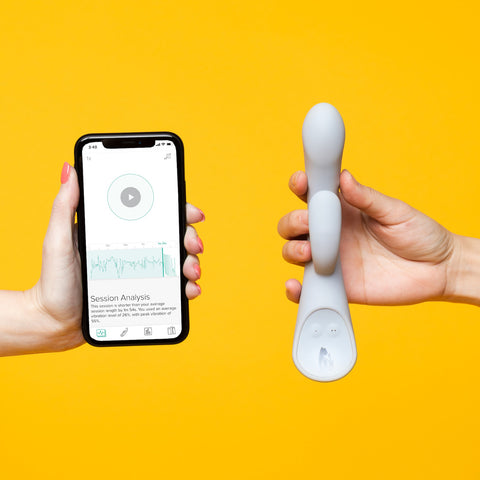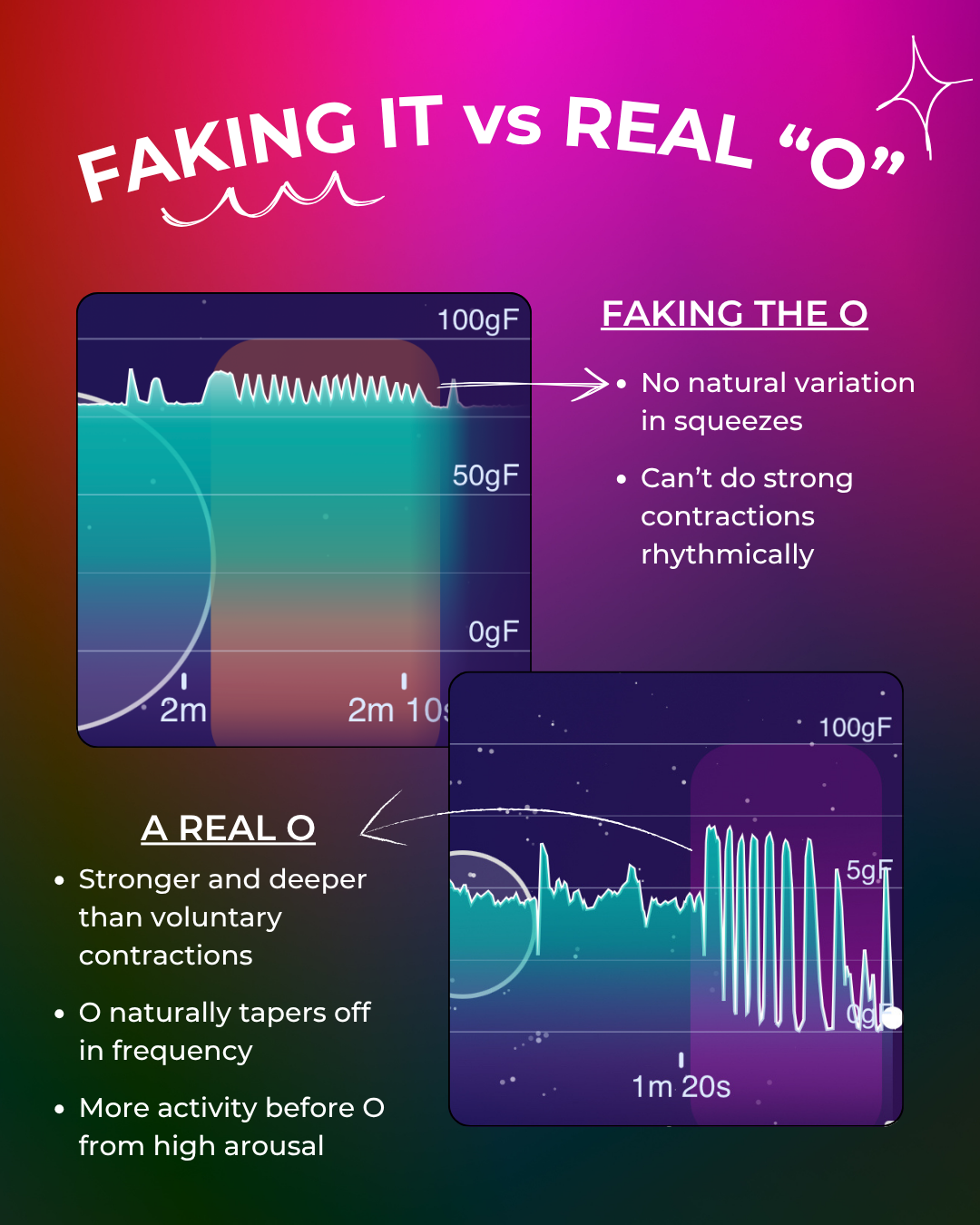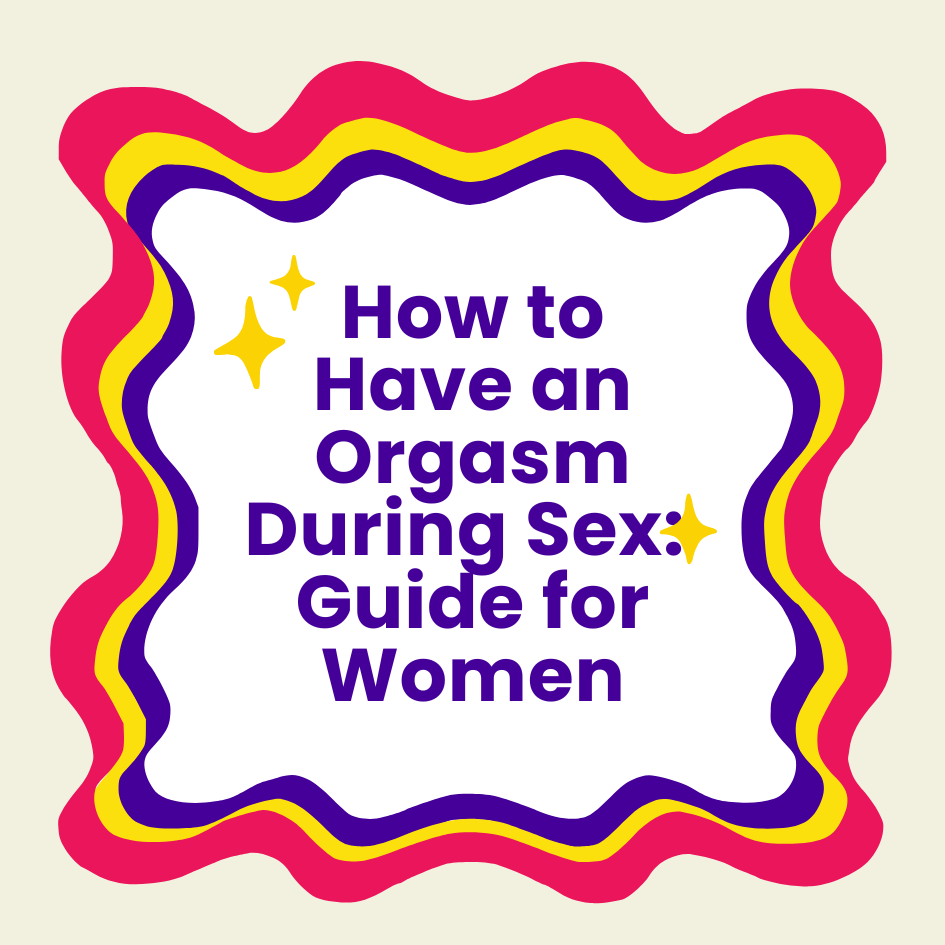
Photo by Reproductive Health Supplies Coalition on Unsplash
by Leo Aquino
An intrauterine device (IUD) is a T-shaped device placed in the uterus to prevent sperm from reaching the egg. They are over 99% effective, making them the most effective contraceptive method out there compared to the pill, condoms, and others.
With a pill, or other forms of contraceptives, there’s a huge margin of error because you might forget to take it or use it incorrectly. With an IUD, on the other hand, you can just set it and forget it.
Types of IUDs
There are two types of IUDs: copper and hormonal. In the United States, the copper IUD is made by (and referred to as) Paragard. Hormonal IUDs are made by (and respectively called) Mirena, Kyleena, Liletta and Skyla. (Outside of the USA, these types of birth control are commonly referred to as “coils” or “intrauterine systems (IUS) and actually come in various shapes and sizes.)
Insertion and removal of IUDs must be done at your healthcare provider’s office. Even though insertion and removal can be painful, most people prefer getting IUDs because they last 3-10 years, depending on the type of IUD that you get.
Copper IUDs aka Non-hormonal IUDS
Some people need non-hormonal birth control. For those people, copper IUDs like Paragard are the only non-hormonal IUD option available in the States.
The Paragard—which can stay in place for up to 10 years—uses a copper coil to prevent pregnancy.
Copper makes the uterus and fallopian tubes produce sperm-killing fluid that contains white blood cells, copper ions, enzymes and prostaglandins. (6)
In other words, sperm and copper don’t really like each other, so Paragard stands in the way like an angry goalie protecting the egg. Copper IUDs also work immediately after insertion.
Hormonal IUDs like Mirena & Skyla
Hormonal IUDs produce progestin, which is similar to a hormone produced in the body called progesterone. Hormonal IUDs work in two ways:
- They thicken cervical mucus to block and trap sperm.
- The hormones also prevent ovulation, the process of the egg leaving the ovary. Without an egg to fertilize, sperm can’t really do much in the vagina.
Hormonal IUDs work immediately if inserted during your period. If inserted at any other point in your cycle, it takes up to 7 days for the IUD to take effect and start fighting sperm.
Mirena works up to 7 years. Kyleena works up to 5 years. Liletta works for up to 7 years. Skyla works up to 3 years. (1)

Photo by RF._.studiofrom Pexels
Is the IUD the best option for me?
There are many benefits to getting an IUD:
- IUDs last for a really long time. You only have to worry about the discomfort of insertion and removal, but the time in between can be relatively hassle-free. Plus, you only need to worry about one cost upfront.
- IUDs are really effective. They are more than 99% effective, plus, there’s no chance of making a mistake. You might forget to take a pill or schedule your next NuvaRing or Depo provera shot, but once an IUD is in place, you don’t really have to worry about getting pregnant anymore.
- Copper IUDs can be used as emergency contraception. Copper IUDs start killing sperm as soon as it’s inserted into the uterus, which makes it effective as a form of emergency contraception.
- Hormonal IUDs can stop periods completely. Hormonal IUDs are recommended for people who experience heavy, uncomfortable periods. They are also recommended for people who are trying to manage symptoms of endometriosis or Polycystic Ovarian Syndrome (PCOS). (2)
- You can get pregnant right away after removal. Both copper and hormonal IUDs have no effect on fertility, unlike other forms of birth control that may lower your chances of getting pregnant once you’re no longer using them.
- It’s safe to use while breastfeeding. You’re usually able to get an IUD right after giving birth. The hormonal IUD does not affect breast milk production. (1)
What are the risks, side effects and disadvantages of IUDs?
IUDs don’t prevent sexually transmitted infections (STIs), so be sure to use another form of protection if you don’t know your partner’s status.
The insertion process can be painful. Most people experience cramping, back aches, dizziness and lightheadedness after insertion, but these symptoms can be managed with over-the-counter medication, heating pads and rest. It’s a good idea to ask someone to come with you to the appointment so that they can drive you home if you’re not feeling well.
There are a few risks, which are very rare:
- The IUD can slip out of the uterus. It can come out all the way — you might see it on your pad or tampon. It can also come out partially. See your healthcare provider immediately if it does come out partially, so that it can be removed as soon as possible.
- If you do get pregnant while you have an IUD, serious risks can occur. It’s very rare, but a pregnancy with an IUD has high risk of miscarriage or ectopic pregnancy. See your doctor right away if you’re experiencing belly pains or vaginal bleeding.
- There’s a chance of uterine perforation. The IUD could poke through the walls of your uterus. This can be painful and requires medical attention. A doctor will have to remove your device immediately to avoid further complications. (2)
Checking your IUD strings
In the first few weeks or months after insertion, you may experience cramping at different points in your cycle. Any type of vaginal discomfort can be scary. Before checking with your doctor, you can check your IUD strings to see if your IUD is still in the right place. (9)
To check your IUD strings, start by thoroughly washing your hands with soap and water. Find a comfortable place to sit and squat. Then insert your middle or index finger into your vagina until you can feel the IUD strings coming out of your cervix.
If you feel anything other than the strings—such as the hard material of the IUD itself—call your doctor in order to have it checked by a medical professional.
Checking your IUD strings between gynecology appointments can give you peace of mind, especially when you can’t get to your doctor right away.
Who shouldn’t use IUDs?
You shouldn’t use an IUD if:
- You have an STI or pelvic infection
- You’re pregnant
- You have cancer of the cervix or uterus
- You have unexplained vaginal bleeding (2)
- For the copper IUD only: you’re allergic to copper or have Wilson’s disease, which causes your body to hold too much copper.

Photo by Reproductive Health Supplies Coalition on Unsplash
What do IUD insertion and removal feel like?
The IUD insertion process starts off like a regular visit to the ob-gyn for a pap smear. After disrobing, you’ll put your legs on stirrups and scoot down to the edge of the seat. Your doctor inserts a speculum into the vagina, much like a pap smear. First, the doctor inserts a plastic measurement rod to gauge how far the device needs to be inserted. The doctor will then use a special insertion device that pushes the IUD through the cervix into the uterus using the measurement they took in the last step.
There will be cramping during the insertion, but it’s best to breathe through it and relax for best results. The insertion typically doesn’t take more than five minutes. The doctor might advise you to take ibuprofen before or after the insertion to help with the pain.
The doctor then cuts the strings of the IUD, which will protrude 1-2 inches into the vagina. You and your partner shouldn’t feel it/them, though. The strings will also soften over time inside the vagina.
Most people worry about whether or not these strings will affect their sex lives. But we prefer to see IUD strings as another powerful tool of self-awareness. Knowing how to check to see if your IUD is in the right place can feel empowering.
Removal is quick and relatively painless. The doctor gently tugs at the strings, and the arms of the IUD fold and slide out of the uterus and cervix pretty easily. There may be cramping and pain, like the insertion, but it usually isn’t as intense. (1, 2)
How will my IUD affect my sex drive?
Studies show that both the copper and hormonal IUD don’t necessarily affect sex drive. (3) There is evidence that hormonal IUDs can decrease intercourse-related pain. (4) But your outlook on sex after your IUD insertion can affect your sex drive more than the new hormones from the hormonal IUD. IUDs can provide people with confidence and stress-free sex, knowing that they’re always protected. That peace of mind is sure to bring excitement and enthusiasm into the bedroom. (5)
Will my partner be able to feel my IUD?
Your partner shouldn’t be able to feel the hard part of your IUD. There may, however, be minor contact with the strings of the IUD. If the strings are too long, you can always call your provider to get the strings trimmed shorter. The strings also soften in texture over time. (2)
Do you gain weight on an IUD?
Studies have shown that both the copper and hormonal IUD don’t cause weight gain. Changes in weight probably have more to do with lifestyle choices and the natural aging process more than birth control. (8)
Making an educated choice about IUDs
The IUD can be pretty empowering because you won’t have to worry about the risk of potential pregnancy all the time. It’s the most effective form of contraception, and it’s easy to set it and forget it.
The payoffs outweigh the pain and discomfort that comes with the initial insertion process. That one appointment with your gynecologist can bring you years of extended protection against pregnancy and stress-free sex knowing that there’s little risk of incorrect usage of birth control. Plus, there’s an added bonus of skipping your period when using hormonal IUDs.
As always, the most important part of the process is making an informed decision that works best for your needs and lifestyle. Talk to your doctor to see if an IUD is right for you.
===
Curious how your menstrual cycle affects your periods? Find out by pre-ordering your own Lioness Vibrator!

The Lioness Smart Vibrator

Top Stories
Is there a difference between male and female orgasms?
How to use Lioness Smart Vibrator as a couples sex toy
Live view: See your orgasm in real time with Lioness
Related Stories
Is my vulva normal? Anatomy, variation, and pictures
Leave it alone!: 3 Tips to clean your vagina
Sex, Intimacy, and Coronavirus: What We Know Right Now
Sources:
- IUD. Planned Parenthood. 2020.
- Birth Control and the IUD (Intrauterine Device). WebMD. 2019.
- Sexual Desire and Hormonal Contraception. Obstet Gynecol, NCBI. 2016.
- Use of the levonorgestrel-releasing intrauterine system, quality of life and sexualty. Experience in an Italian family planning center. Department of Obstetrics and Gynecology, Sapienza University of Rome, Italy. 2011.
- Turns out an IUD can seriously affect your sex drive (in a good way). Glamour Magazine. 2017.
- Intrauterine Device (IUD) for Birth Control. HealthLink BC. 2020.
- Video: Hormonal IUD (LNG-IUS) Insertion Technique. MSCP Global. 2018.
- Can Intrauterine Devices (IUDs) Cause Weight Gain? Healthline. 2016.
- How to Check your IUD Strings. Verywellhealth. 2019.




